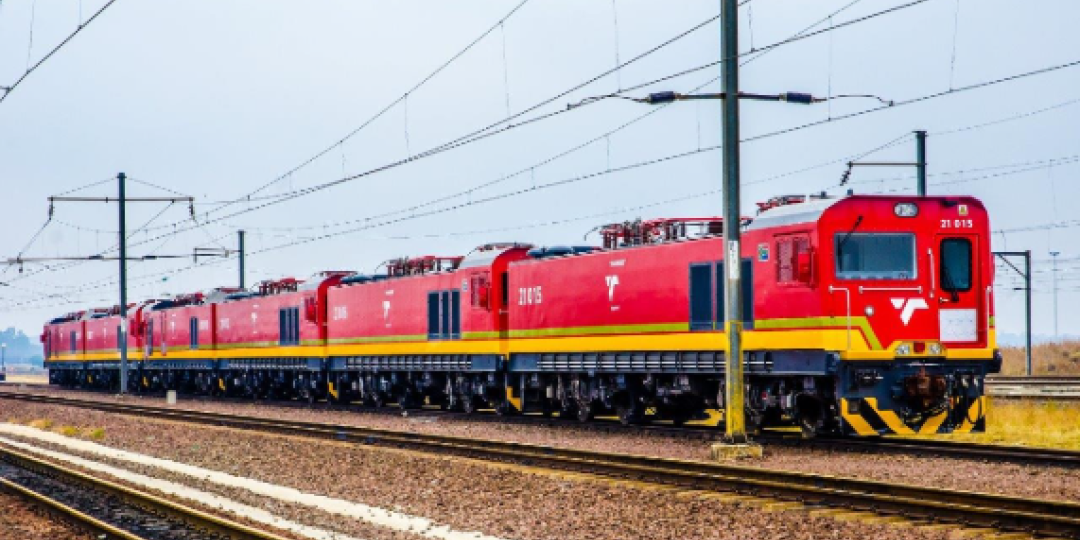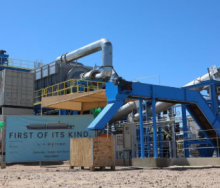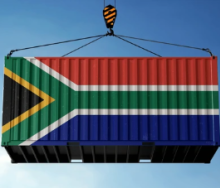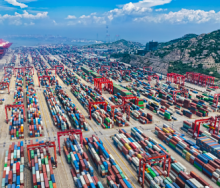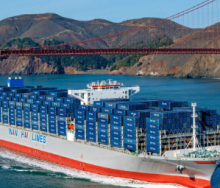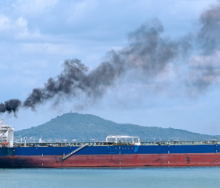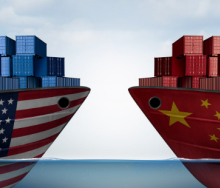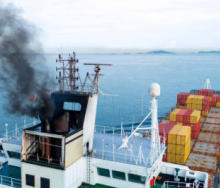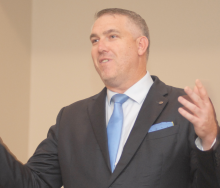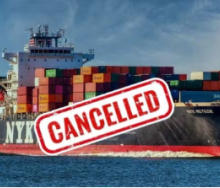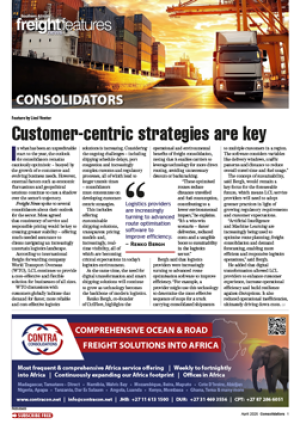Logistical bottlenecks continue to impact the South African mining industry, despite improvements in production in 2024.
According to Hugo Pienaar, chief economist of the Minerals Council of South Africa, while progress has been made in logistics and electricity supply, these challenges continue to dilute mining's positive impact on the country’s GDP.
Mining contributed 6% to South Africa’s total nominal GDP in the first three quarters of 2024, down from 6.3% in 2023.
“Exported goods worth about R800 billion contributed 45% to the value of overall South African merchandise exports,” Pienaar said at a press conference at the annual Investing in Africa Mining Indaba, which kicked off in Cape Town on Monday.
The Council highlighted that mining had been given a reprieve from electricity pressures, with load-shedding suspended for ten months. However, while major inroads had been made in addressing logistics challenges, the sector was not out of the woods yet.
“While we welcome the improvements we have seen around logistics and the overall increase in tonnages moved by rail in the past year, concerns around logistics remain,” said Pienaar.
The Richards Bay Coal Terminal reported an increase in coal volumes handled, rising to 52 million tons last year from 48 million tons the previous year. “Two financial years ago, we were moving less than 150 million tons on rail. The current target is 170m, and while it is doubtful we will get there, the reality is that volumes are increasing.”
Both Pienaar and Mzila Mthenjane, CEO of the Minerals Council, emphasised that funding for Transnet was a critical issue that needed to be addressed. According to Mthenjane, it was clear that Transnet could not resolve its infrastructure challenges on its own and private sector involvement was necessary.
The state-owned enterprise has indicated it needs around R15bn per year to address its infrastructure challenges. Treasury, on the other hand, has been vocal about its reluctance to provide direct bailouts due to ongoing fiscal pressures.
“We can expect the tough-love approach from Treasury to continue,” said Pienaar, indicating that more emphasis would be placed on private sector participation. “What that will look like is still to be decided. Will the private sector run its trains on a broken network? Will there be a shift toward private sector investment in infrastructure instead of a Treasury bailout? We need to find answers to these questions.”
Acting Minerals Council president, Paul Dunne, stated that interventions for Transnet were necessary, not only to improve the movement of export cargo and enhance the competitiveness of mining houses internationally but also to alleviate pressure on the country’s rail network.
“Every train that reaches the port takes 100 heavy-duty vehicles off the road - this is important for easing the strain on the road network. Much of the missing volume on rail finds its way to the port by road,” he said.
The Council also raised concerns over water supply challenges, noting that the return of load-shedding this last weekend was not a positive development.
“Addressing our challenges is critical,” said Pienaar, using the decline in manufacturing’s contribution to GDP over the past 30 years as an example. “Construction has stagnated despite ongoing discussions about infrastructure spending and the urgent need for investment in South Africa.
“When looking at mining volumes and prices, the sector has remained relatively stable - despite volatility. Our contribution to GDP is higher than 30 years ago, but this is primarily due to price increases. If we look at volumes alone, the trend mirrors that of manufacturing, which has declined.
“The mining sector has effectively been bailed out by commodity prices. This remains a massive lost opportunity - if we could add volume growth to price gains, we could be contributing significantly more to the fiscus and expanding our exports.”
